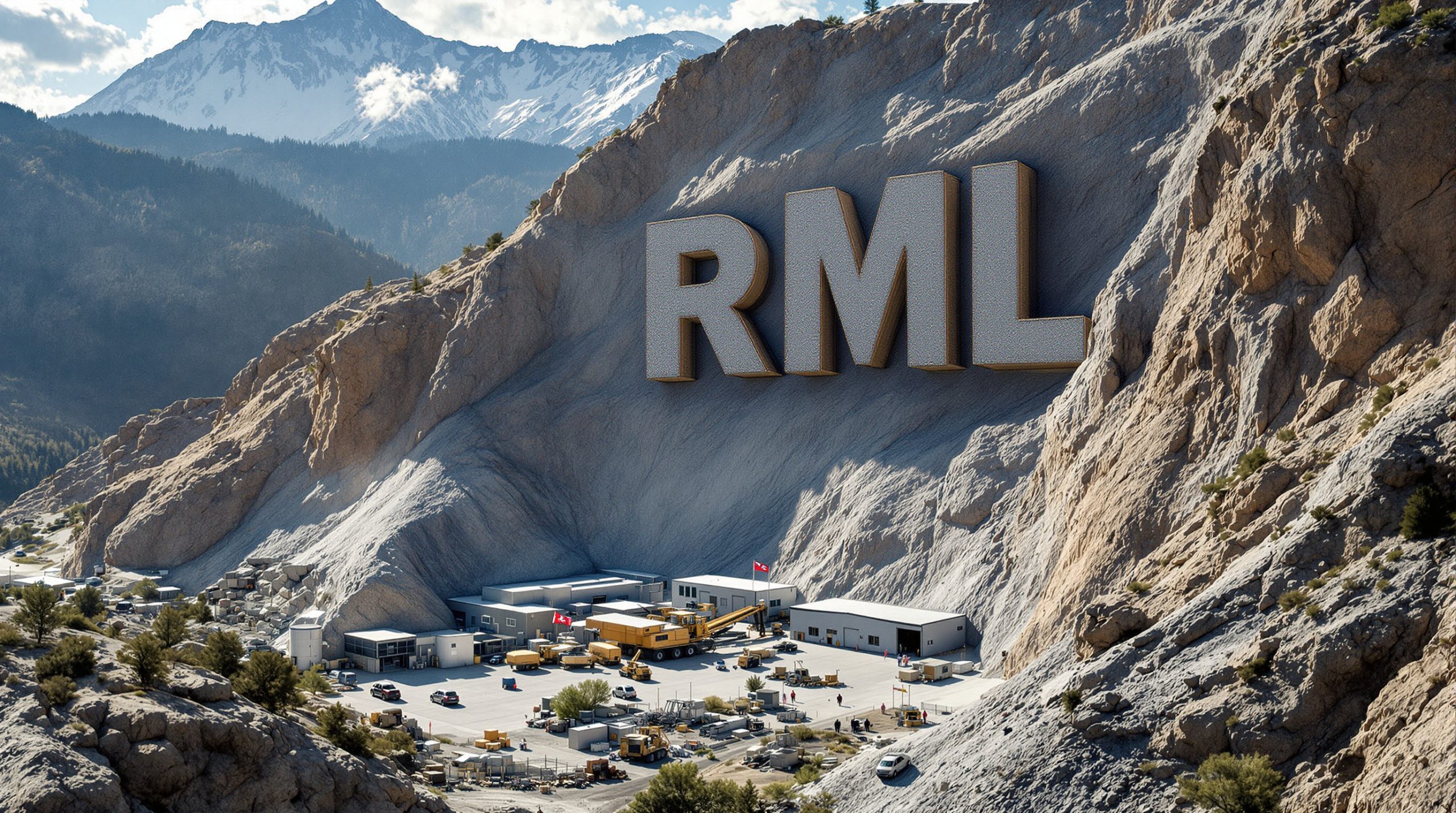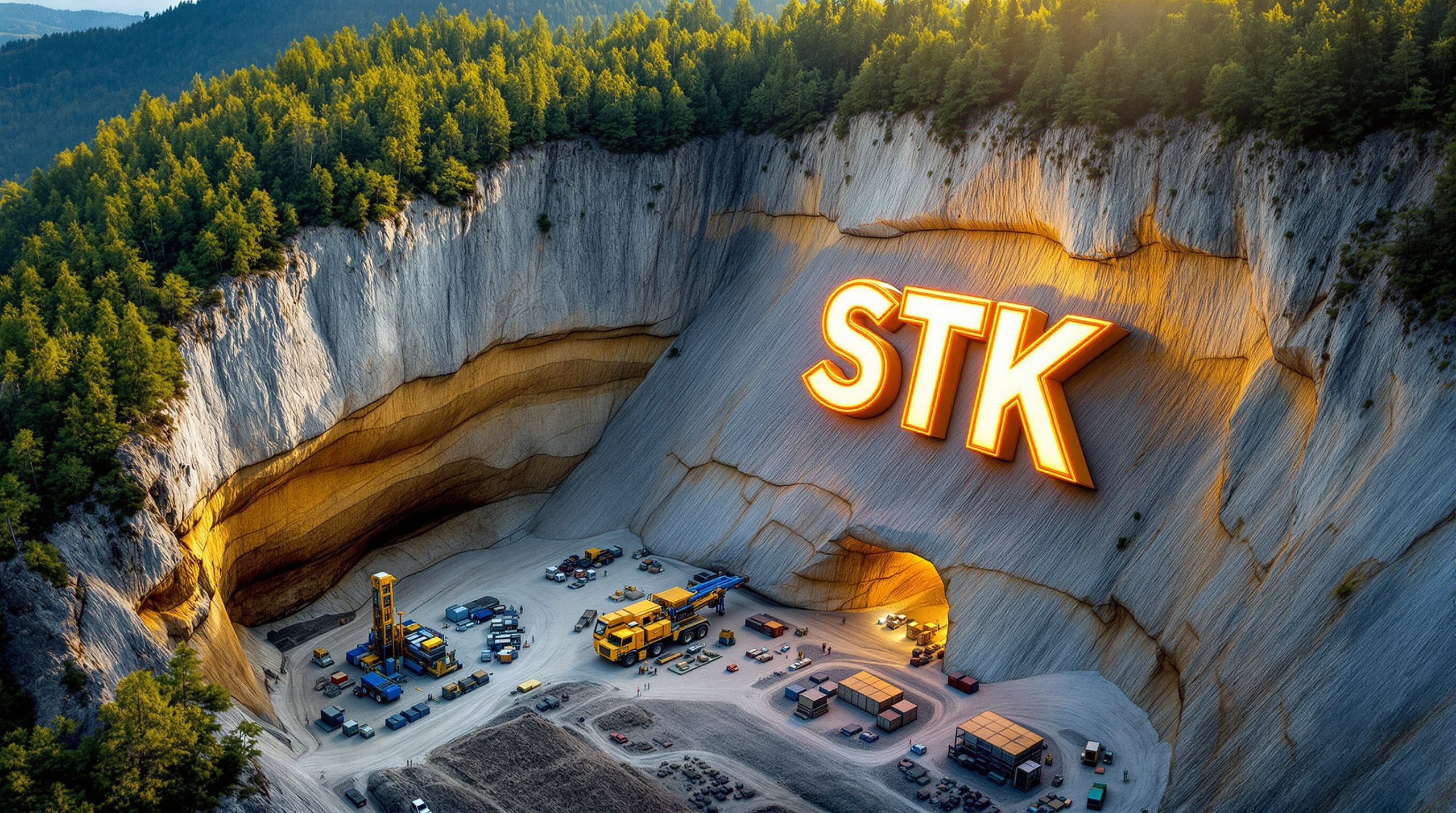Australian Gold and Copper Extends Achilles Footprint by 1.2km With Promising Aircore Results
Australian Gold and Copper (ASX: AGC) has announced encouraging initial results from its aircore drilling program at the Achilles deposit, part of its South Cobar Project in NSW. The first batch of assays from 81 holes demonstrates a significant southward extension of the Australian Gold and Copper at Achilles deposit mineralisation footprint by at least 1.2 kilometres.
First Assays Reveal Two Promising Mineral Trends
The preliminary results from AGC's extensive aircore program have identified two distinct geochemical trends:
-
Achilles Trend: A silver-gold-lead-zinc-copper-antimony-arsenic-bismuth pathfinder signature extends the known Achilles footprint 1.2km southward, with the strongest results appearing 400m south of the existing deposit. Hole A3AC036 returned 9m at 0.22g/t Au and 6g/t Ag from 45m.
-
Western Trend: A copper-bismuth anomaly coincident with a large magnetic high that potentially indicates sulphide alteration associated with copper mineralisation. This trend spans over 2km and represents a high-priority future drill target.
Managing Director Glen Diemar commented: "Our growth plans are well underway with the first assays results received from the Achilles aircore program indicating the mineralisation footprint extends for at least another 1.2km southward. This is a great result as it demonstrates the potential for real scale for near term growth."
Extensive Drilling Campaign Underway
The company has completed 280 holes for approximately 10,000 meters to date, representing about 90% of the planned 310-hole program. Initial drilling was conducted on 400m spaced east-west lines with holes every 50m, but the positive early results prompted the Board to approve more detailed 200m infill lines.
Importantly, results are still pending for 199 additional holes, which will significantly influence future drilling programs.
Understanding Aircore Drilling: Penetrating the Cover to Find Mineralisation
Aircore drilling is a specialised technique used to penetrate through transported cover to test underlying in-situ weathered material above hard bedrock. This approach helps identify geochemical pathfinder elements that can provide vectors toward additional mineralisation at depth.
The holes are drilled vertically, and their depth is determined by the weathering profile and rock hardness. In this case, AGC is using the technique to identify targets for deeper, more targeted reverse circulation (RC) drilling planned for the coming months.
Aircore drilling differs from other drilling methods in several important ways:
-
Cost-effective preliminary exploration: Aircore drilling is relatively inexpensive compared to diamond or reverse circulation drilling, making it suitable for early-stage exploration.
-
Depth limitations: Typically limited to softer rock and weathered zones, aircore drilling generally cannot penetrate fresh, hard bedrock effectively.
-
Sample quality: Samples are collected from the drill bit face and are suitable for geochemical analysis but provide less geological information than core drilling.
-
Speed of drilling: Aircore can progress quickly through weathered material, allowing for rapid coverage of large areas.
The method is particularly valuable in areas like the Achilles project, where transported cover obscures the underlying bedrock and potential mineralisation. By collecting samples from the weathered zone directly above bedrock, explorers can detect pathfinder elements that have migrated upward from deeper mineralisation.
What This Means for Investors: Potential System Growth
The large-scale pathfinder geochemical halo south of Achilles strongly suggests that the mineralised system associated with the deposit could grow significantly. The company states that this expanded footprint demonstrates "potential for real scale for near term growth."
For investors, this extension has several important implications:
-
Increased exploration potential: The 1.2km extension represents a substantial increase in the prospective footprint of the Australian Gold and Copper at Achilles deposit system.
-
Multiple mineralisation styles: The identification of both precious metal and base metal pathfinder elements suggests a complex, potentially large-scale mineralised system.
-
Efficient targeting: The aircore results will allow for more targeted and cost-effective follow-up drilling.
Next Steps: Completed Infill and Upcoming RC Drilling
The aircore program is expected to be completed in May 2025, with infill drilling already underway. This will be followed by RC drilling targeting:
- Extensions to the main Achilles deposit
- New targets identified by the current aircore program
This systematic approach to exploration allows AGC to efficiently test and prioritise targets, focusing resources on the most promising areas for potential resource development.
Investment Potential: Why AGC Warrants Attention
Australian Gold and Copper's systematic exploration approach at Achilles is yielding tangible results that point to significant expansion potential. The identification of a 1.2km southward extension of the mineralisation footprint significantly increases the scale potential of the Australian Gold and Copper at Achilles deposit system.
Key factors for investors to consider:
-
Expanding footprint: The confirmed 1.2km extension substantially increases the prospective area for resource development.
-
Multiple mineralisation styles: The identification of both precious metal and copper trends provides multiple avenues for discovery.
-
Methodical approach: AGC's staged exploration strategy of aircore followed by targeted RC drilling maximises exploration efficiency.
-
Near-term catalysts: Results pending from 199 additional holes and upcoming RC drilling provide multiple potential value-driving news flows in the coming months.
As the company advances both the Achilles Trend and the Western Trend, investors should monitor upcoming results, particularly from the pending 199 holes and the follow-up RC drilling program. The scale of the current aircore program and the early positive results suggest AGC has potentially uncovered a much larger mineralised system than previously known at Achilles.
Ready to Invest in AGC's Expanding Gold-Silver Footprint?
Explore Australian Gold and Copper's exciting progress at the Achilles deposit, where recent aircore drilling has extended mineralisation by 1.2km, demonstrating significant growth potential. With assays still pending from 199 holes and RC drilling on the horizon, now is the time to consider this promising ASX opportunity. For the latest investor updates and to follow AGC's systematic exploration journey in the prospective South Cobar region, visit Australian Gold and Copper on X.




